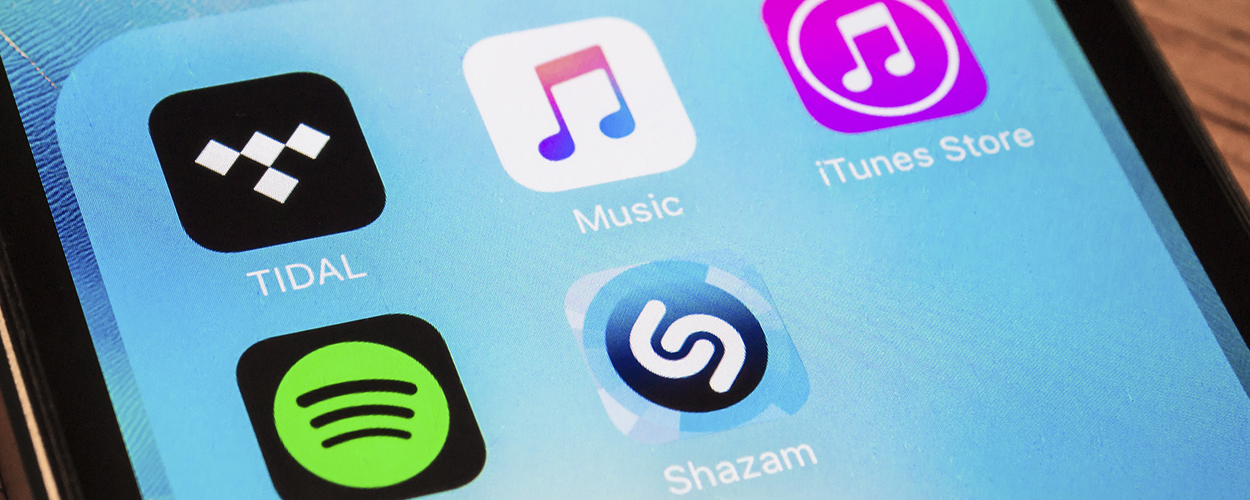This website uses cookies so that we can provide you with the best user experience possible. Cookie information is stored in your browser and performs functions such as recognising you when you return to our website and helping our team to understand which sections of the website you find most interesting and useful.
Business News Digital Insights Blog Labels & Publishers Legal The Great Escape 2017
Insights Blog: Top five challenges in streaming
By Chris Cooke | Published on Wednesday 29 March 2017

Originally published to accompany a series of CMU Insights sessions at various music conferences around the world exploring digital licensing and the streaming business.
CMU Insights will be talking digital dollars at Tallinn Music Week this weekend, at Canadian Music Week in Toronto next month, and as part of the full-day Royalties Conference at The Great Escape in Brighton in May.
We’ll be explaining how the streaming business works, and will put the spotlight on some of the key challenges and issues, and in particular the transparency debate. With that in mind, here is a quick beginner’s guide to five of those challenges.
1. Converting freemium
The boom in streaming has helped the record industry return to growth, but most of that revenue boost is coming from the paid-for services.
However, many more people are accessing music via the free streaming platforms like YouTube, the free levels of Spotify, Deezer and SoundCloud, and – in the US – Pandora and iHeartRadio. To continue the rapid growth of the streaming sector the music industry needs to persuade more people to upgrade to a paid-for streaming service.
This likely requires offering a wider range of services at a wider range of price-points.
2. Digital Pie
The streaming business is basically a revenue share game, every digital dollar is split between the digital service, the label or distributor, the publisher, the artist and the songwriter.
The streaming service aims to keep about 30% of its revenue, though it often pays over much more to the music industry because [a] if a track is released by a major and is of a song published by a major the revenue share payment may be 75% and [b] on top of the basic revenue share arrangement the digital platform is often obliged to pay a minimum guarantee.
The services remain adamant that they ultimately need to keep at least 30% of their revenues to be viable businesses. In the short term this means negotiating down the labels’ revenue share arrangements a little, and in the long term it means getting rid of the minimum guarantees.
Meanwhile there remains the debate over how the money is shared within the music community – the labels, especially the majors, usually see by far the biggest share.
3. Data
Beyond how the digital dollar is shared, there remains the question of how the digital service knows who to pay.
On the recordings side it is assumed that whoever provided the content is the rights owner and is therefore due the royalty payments. But on the songs side the streaming service isn’t usually told by the label submitting the track who owns the song rights, or even what song is contained within the recording.
This means each publisher and/or collecting society must crunch a monthly list of every single stream and work out what they are owed. Which is not an especially efficient way to do it, and which has caused problems in the US in particular where there is no collecting society for mechanical rights.
4. Sustained Listening
Streaming is a fundamentally different business to selling discs and downloads, in that it’s not about upfront sales, but continued and repeat listening.
Which is to say, it’s no longer about how many records you can sell on release, but about whether or not you can persuade fans to listen to your music again and again and again over a long period of time. The goal, therefore, is sustained listening.
Everyone is still working out how you achieve repeat plays in the long term. Playlists are obviously a key part of it – and getting your tracks added to users’ personal libraries.
Sustained listening also requires a new approach music marketing and fan communications, and maybe even songwriting and record making. Everyone is on a learning curve here.
5. Transparency
During the ‘Dissecting The Digital Dollar’ roundtables, this was the issue raised time and again by the artist managers we spoke to: the fact that artists and their representatives are so often in the dark about key elements of the streaming deals done between labels, distributors, publishers and the collecting societies and the streaming services.
Part of this is about the way labels, distributors, publishers and societies report information, usage and royalties back to artists; part of it is the lack of clarity in how labels are applying old record contracts to the new business; and part of it is an unwillingness by some parties to share key information about the streaming deals.
Managers say that they need this information to audit their artists’ income and to fully understand the streaming business. Artists have a key role to play in promoting paid-for streaming to the masses; but will they when neither they nor their managers have the complete story as to quite how the streaming services are exploiting their content.
For more details on CMU Insights conference sessions click here.





